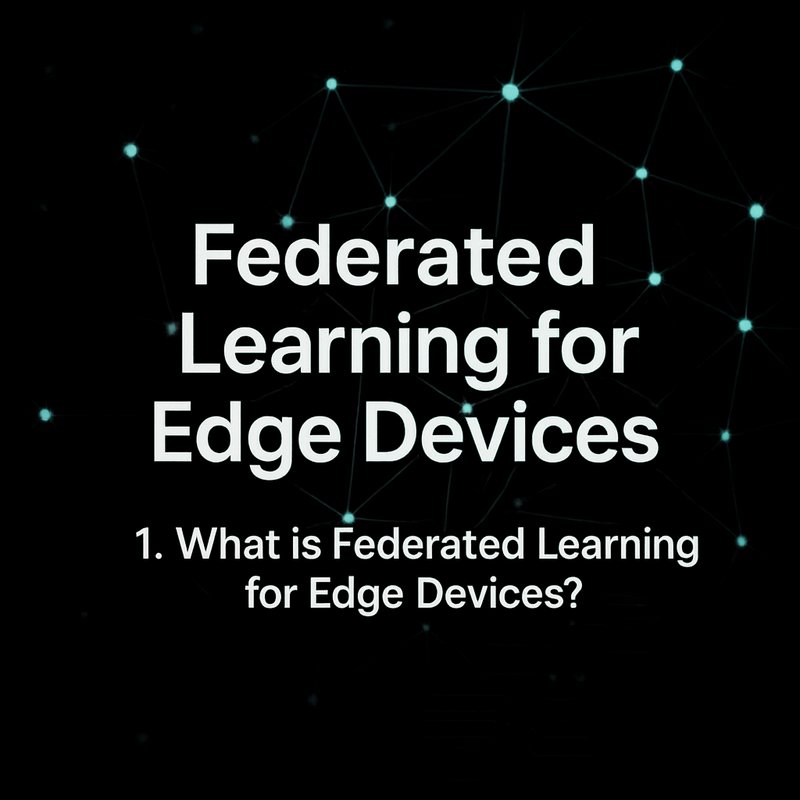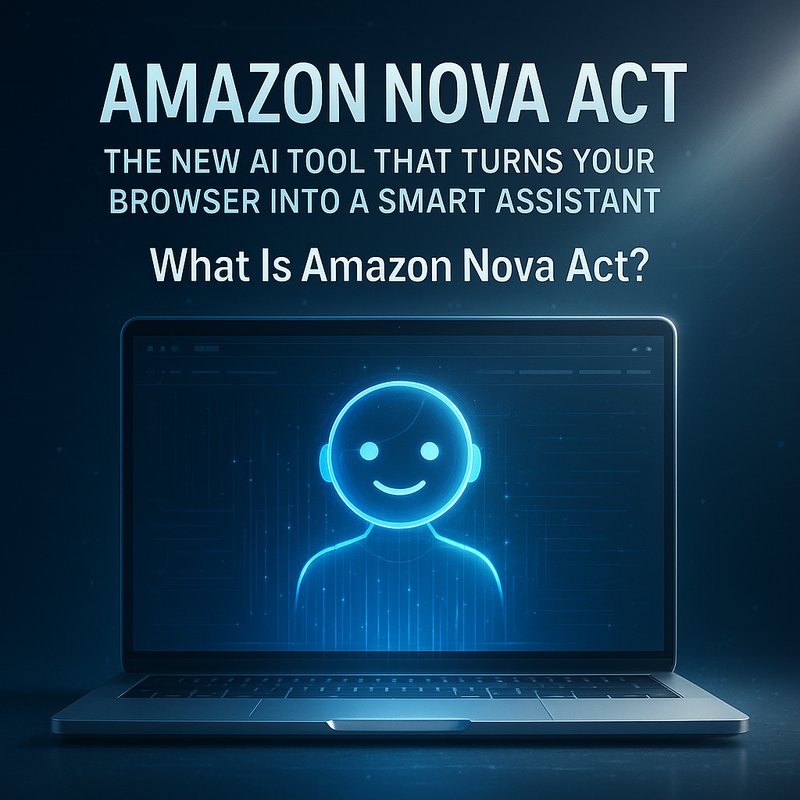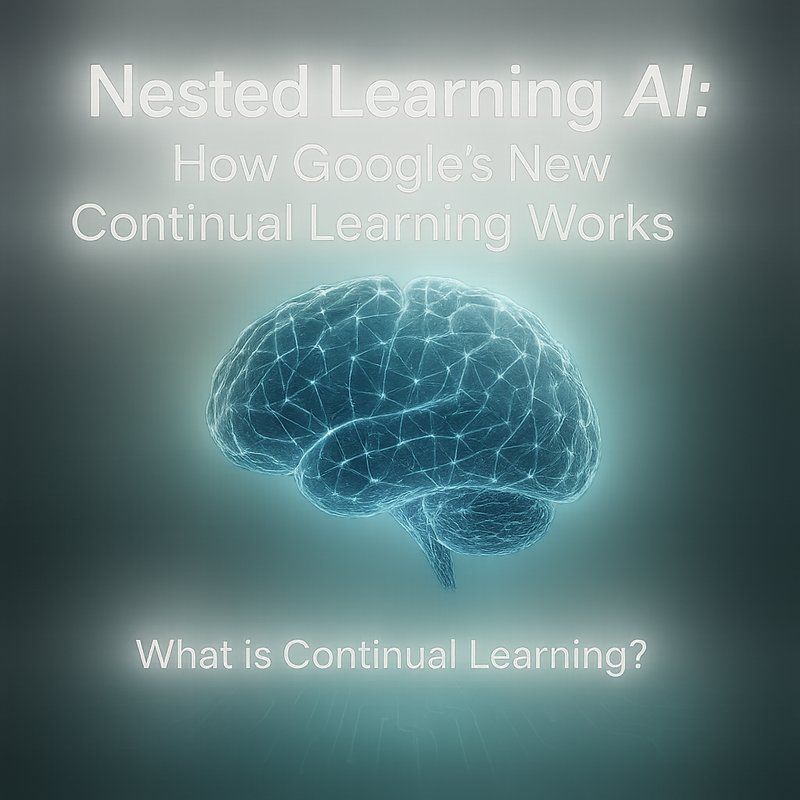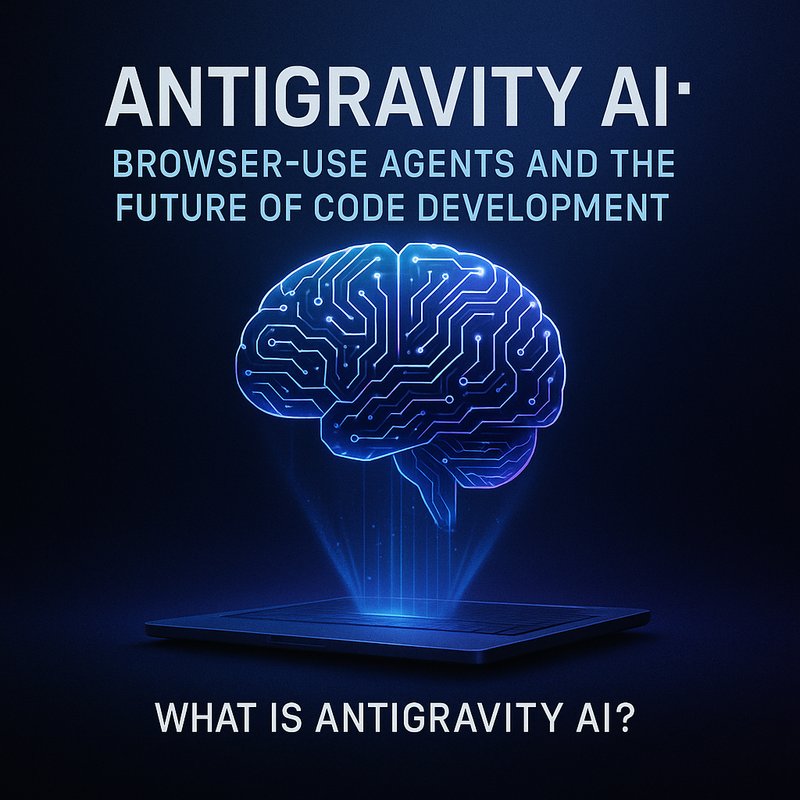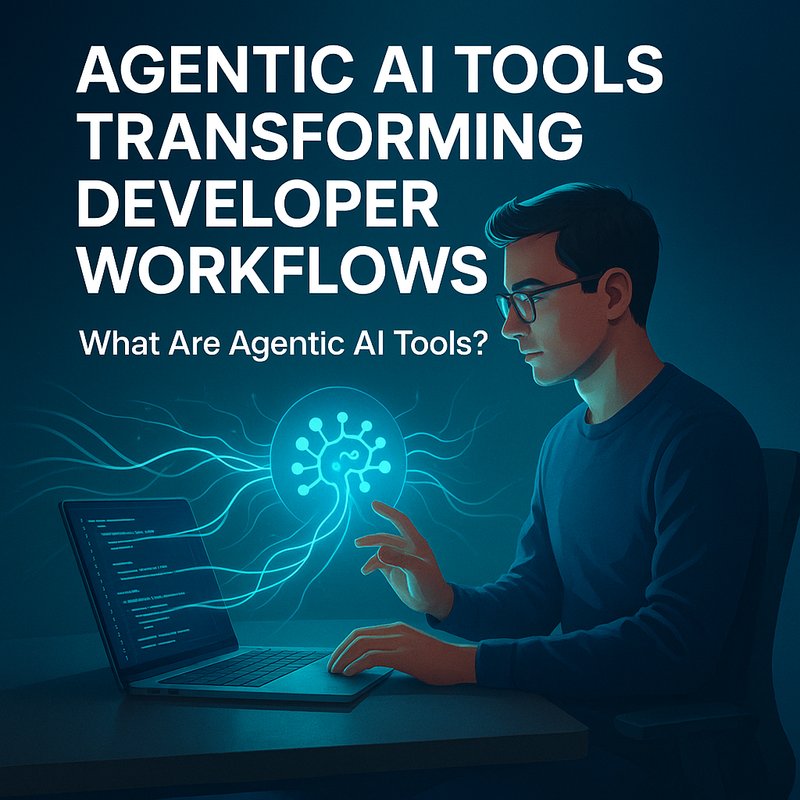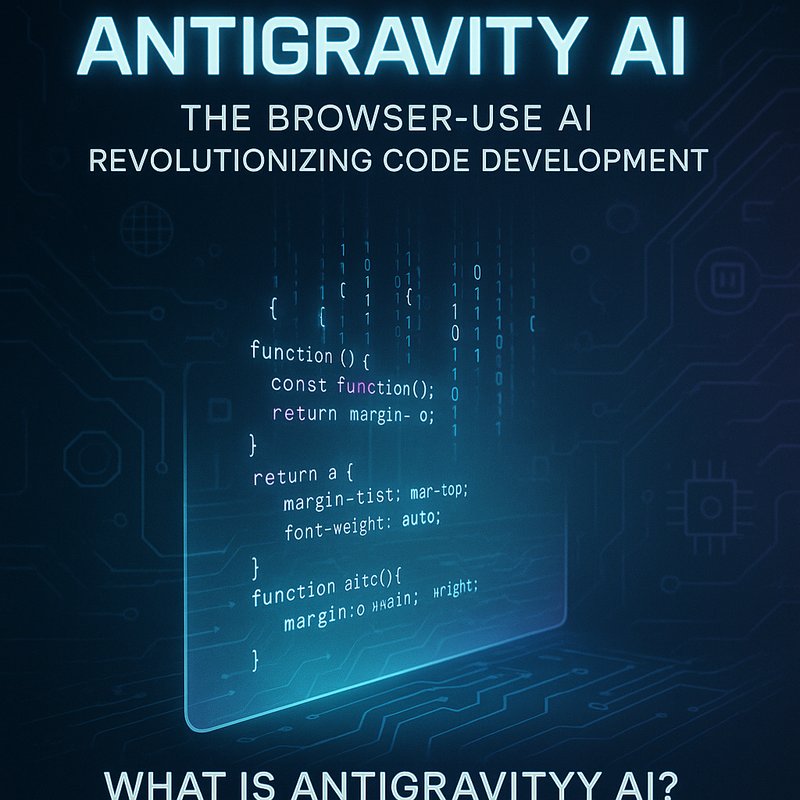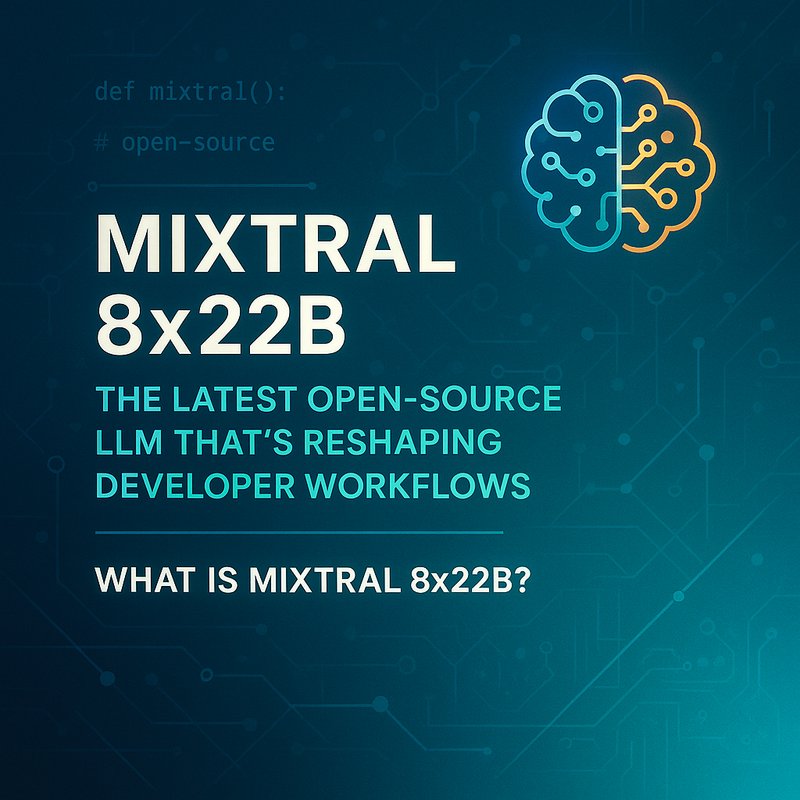Federated Learning for Edge Devices is a method that lets multiple edge devices learn from each other’s data without sharing the raw data itself. This approach keeps data local, boosts privacy, and saves bandwidth. In this article, we’ll break down the basics, explain why it matters, walk through a practical setup, and explore real-world applications. By the end, you’ll have a clear idea of how to get started with Federated Learning for Edge Devices and how it can transform your projects.
1. What is Federated Learning for Edge Devices?
Imagine a group of smart phones that each collect pictures of plants. Each phone can build a model that recognizes plant species, but no phone ever sends the pictures to a central server. Instead, each phone trains its own small model on local photos, then only sends the updated model parameters (tiny numbers) to a central aggregator. The aggregator merges all the updates into a new, better model and sends that back. This is Federated Learning for Edge Devices in a nutshell: local training, global aggregation, no raw data transfer.
Key points:
- Training happens on the device itself, so data never leaves the device.
- Only lightweight updates travel over the network.
- Privacy is preserved because the central server never sees raw data.
- Devices can be offline for a while; the system is tolerant to intermittent connectivity.
2. Why You Should Care
2.1 Privacy First
When data is kept on the device, you avoid the legal and regulatory risks of sending sensitive information to the cloud. This is especially important for medical devices, finance apps, or any industry where privacy rules are strict.
2.2 Bandwidth Savings
Edge devices often operate on limited connectivity. Sending full datasets would waste bandwidth and increase cost. With Federated Learning, only model weight updates are sent, which are tiny in size.
2.3 Real-Time Adaptation
Because each device trains on its own data, models adapt to local conditions. For instance, a smart thermostat learns the temperature patterns of its home and becomes more accurate for that environment.
2.4 Resilience
If a device loses connection, it can continue training locally. When connectivity returns, it syncs its updates. This reduces the chance of losing work.
3. Core Components of the System
| Component | Role | Example |
|---|---|---|
| Edge Device | Trains local model | Raspberry Pi, smartphone, IoT sensor |
| Local Training Engine | Runs ML training on device | TensorFlow Lite, PyTorch Mobile |
| Parameter Server | Aggregates updates from many devices | Custom server, AWS SageMaker Edge Manager |
| Communication Layer | Sends/receives updates | MQTT, HTTP/2, gRPC |
| Security Layer | Encrypts updates, authenticates devices | TLS, JWT |
Each component must be lightweight because edge devices often have limited CPU, memory, and storage.
4. Steps to Build a Federated Learning System
4.1 Choose the Right Edge Model
Pick a model that runs efficiently on your hardware. Common choices:
- Convolutional neural networks for image classification on phones.
- TinyML models (e.g., MobileNet) on microcontrollers.
- Recurrent neural networks for time-series on embedded sensors.
Keep the model size under a few megabytes to fit in the device’s memory.
4.2 Set Up the Local Training Loop
- Load local data – use sensor logs, camera frames, or user input.
- Train for a few epochs – keep training time short (seconds or minutes).
- Compute weight delta – subtract the initial model from the trained model.
- Encrypt – use AES or TLS before sending.
Libraries like TensorFlow Federated or PySyft offer frameworks that simplify this loop.
4.3 Build the Aggregator
The aggregator receives updates from all devices:

- Validate – check that the update is not corrupted or malicious.
- Merge – average the weight deltas (FedAvg algorithm) to create a new global model.
- Distribute – push the updated global model back to devices.
The aggregator can run on a cloud VM or a small server in a data center.
4.4 Secure Communication
- Use HTTPS or MQTT over TLS.
- Attach device identity tokens (e.g., JWT) to every request.
- Store a public key on each device to verify updates.
4.5 Monitor and Tune
Set up dashboards to see:
- Number of participating devices.
- Convergence of global loss.
- Distribution of device resources.
If a device is stuck or sending noisy updates, you can flag it for debugging.
4.6 Iterate
After each round, evaluate the updated model on a hold‑out dataset to confirm improvements. Continue rounds until performance plateaus.
5. Real-World Use Cases
5.1 Smart Agriculture
Farm equipment can train models to detect crop diseases locally. Each sensor cluster trains on its own field data, then shares insights. Farmers benefit from models that know the specific soil and climate conditions of their plots.
5.2 Personal Health Monitors
Wearables can learn individual heart‑rate patterns. The device trains a model that predicts anomalies without ever sending raw heart data to a server, keeping user privacy intact.
5.3 Autonomous Vehicles
Each self‑driving car learns from its own driving data (e.g., lane changes, obstacles). Vehicles share model updates to improve safety without exposing sensitive trajectory data.
5.4 Smart Home Appliances
Thermostats and lighting systems adapt to occupants’ habits. They refine their control models using local data, then aggregate improvements across many homes.
6. Common Challenges
| Challenge | What It Looks Like | Quick Fix |
|---|---|---|
| Data Imbalance | Some devices collect much more data | Weighted averaging in aggregation |
| Heterogeneous Devices | Different CPUs, RAM | Model quantization, separate aggregation |
| Model Drift | Device’s environment changes | Periodic local re‑training |
| Security Threats | Poisoning attacks | Secure aggregation, anomaly detection |
Addressing these challenges often involves adding simple checks and balancing mechanisms to the aggregation step.
7. Future Directions
- Hybrid Federated Learning – combine on‑device training with occasional cloud‑side fine‑tuning for larger tasks.
- Edge AI Chips – dedicated hardware that accelerates training and inference, making federated learning faster.
- Standard Protocols – emerging standards (like OCF for IoT) may simplify device discovery and trust management.
- Explainability – tools that help interpret how aggregated models behave across diverse devices.
8. Getting Started with Neura Tools
Neura’s platform can help you prototype Federated Learning for Edge Devices quickly. For example:
- Use Neura ACE to generate training pipelines and manage model versions.
- Leverage Neura Artifacto for data labeling and preprocessing without leaving your local machine.
- Deploy the aggregator on Neura Router, which offers a lightweight HTTP endpoint and easy scaling.
Check out the case studies on how a smart‑home company used Neura ACE build an edge learning system: https://blog.meetneura.ai/#case-studies
